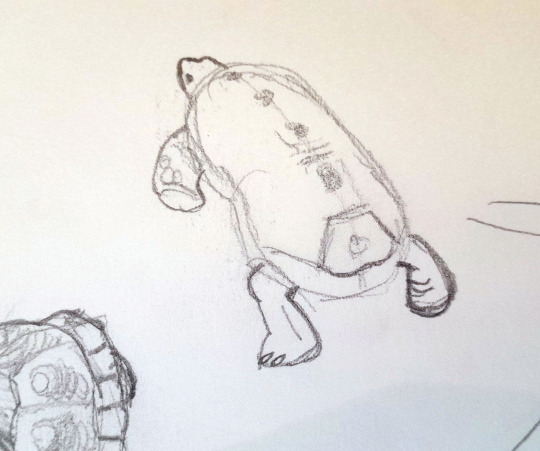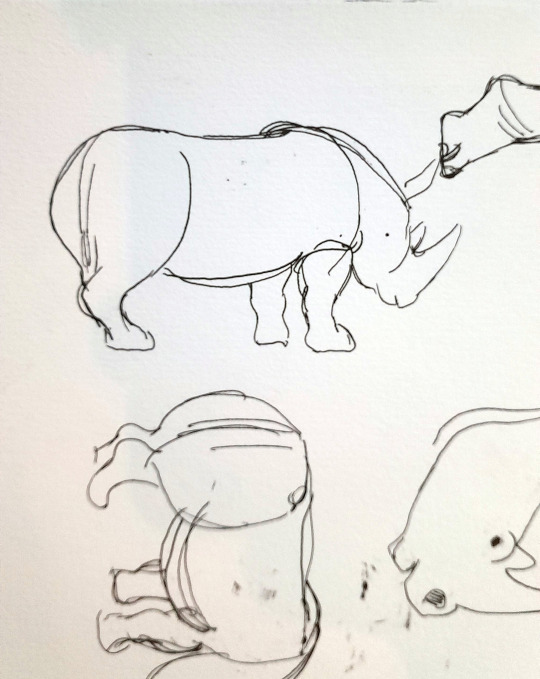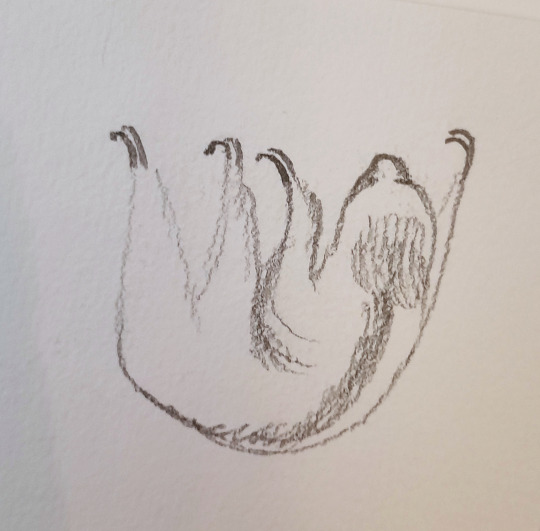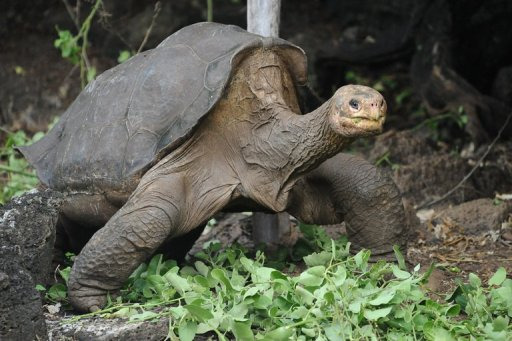#chelonoidis
Text



Red-footed Tortoise (Chelonoidis carbonarius), male, family Testudinidae, found in grassy areas in northern South America
photographs by Paxon Kale CC
482 notes
·
View notes
Text

1 note
·
View note
Text

Galapagos giant tortoise (Chelonoidis nigra) portrait, Santa Cruz Island, Galapagos Islands, Ecuador. Endangered.
Photographer: Suzi Eszterhas
#suzi eszterhas#photographer#galapagos giant tortoise#tortoise#turtle#chelonoidis nigra#santa cruz island#galapagos islands#ecuador#reptile
36 notes
·
View notes
Video
Yellow-footed Tortoise by Coyoty
Via Flickr:
Chelonoidis denticulata. At the Pittsburgh Zoo in Pittsburgh, PA.
#Pittsburgh Zoo & PPG Aquarium#Pittsburgh#Pennsylvania#PA#nature#zoo#animal#reptile#tortoise#yellow-footed tortoise#Chelonoidis denticulata#fauna#wild#life#wildlife#biodiversity#square#square format#Animal Planet#flickr
27 notes
·
View notes
Photo

この動物園結構カメいるなーと思ったら、名前、遊亀公園だったわ😁
@遊亀公園附属動物園
63 notes
·
View notes
Text










sketching animals in Dublin Zoo.
overheard conversation:
Child: "What are they made of?"
Mom: "They're made of monkey."
#dublin zoo#zoo#life drawing#zoo drawing#animals and nature#Choloepus didactylus#Pithecia pithecia#Ailurus fulgens#Ceratotherium simum#Spheniscus Humboldti#Chelonoidis carbonarius#Gallinula chloropus
5 notes
·
View notes
Text
A Stroll In The Park

A Red-footed Tortoise couple taking a stroll together. Photo credit: Jonathan Chua.
Rather than shooting downward, the camera was placed on level with the tortoises to give viewers hopefully a more immersive experience.
#photographers on tumblr#animal pics#Chelonoidis carbonarius#flora fauna#lumix photography#panasonic fz1000#photography tips#red-footed tortoises#tortoise photos#wildlife photography
0 notes
Text

Article
"2023 was a banner year for the Galapagos Islands: that wondrous archipelago so famous for its giant tortoises and other endemic species.
The long-serving conservation organization the Galapagos Conservancy, also endemic to the islands, recently published its annual report featuring standout figures like over 500 giant tortoises of 5 different species reintroduced to their natural habitat.
Additionally, a critically endangered species of albatross was identified to use giant tortoise feeding sites as take-off and landing areas. This key insight into co-dependency has given the Conservancy confidence that they can restore the populations of both animals to stable, flourishing numbers.
It underscores how far a donation to these endemic wildlife organizations really does go, and these two highlights of a successful year were only possible by the over $6 million in charitable contributions from supporters.
30 Chelonoidis chatamensis tortoises endemic to the smaller island of San Cristobal were repatriated to their natural habitat from the stock of a captive breeding program, while 97 native tortoises were returned to the second-largest island of Santa Cruz.
On the largest island of Isabella, 350 tortoises (214 C. guntheri and 136 C. vicina) were successfully reintroduced to their natural habitat after a survey found their numbers were not rising substantially on their own.
In March, the repatriation of 86 juvenile Chelonoidis hoodensis tortoises significantly contributed to enhancing the species’ distribution across their native habitat. They currently number 3,000 today on Española or Hood Island, a miraculous recovery from the 14 found there in the 1960s.
Also on Española, the endemic waved albatross was found to be taking off and landing on 50 additional parts of the island. These large birds, boasting an 8-foot wingspan, need ample space to get a running start before taking off, and this same principle applies when applying the brakes coming down from the sky.
In the survey, the biologists observed that concentrations of giant tortoises were linked with the usage of areas as runways for the albatross. Because the tortoises are the largest herbivores in the ecosystem, they perform the same acts as bison do in North America and Europe, and elephants in Africa—clear space.
With their herbivorous diet and large bulk, the tortoise’s feeding habits produce cleared areas ideal for albatross use.
“This discovery underscores the interconnectedness of the Galápagos ecosystem,” the authors of the report write. “This newly acquired knowledge allows us to strengthen the synergies between our conservation strategies.”
Of the $6.1 million received from donations and through other activities, the Conservancy was able to spend 77% of that on conservation programs, and that included some ambitious plans for this year—now already half done—which included drafting plans for restoration of the Pinta tortoise to the island of the same name, preparing tortoises for imminent reintroduction to the smaller Floreana island, and completely restoring the habitat for the Galapagos petrels on Santa Cruz.
Operating since 1985, the Galapagos Conservancy has a long track record of restoring these islands to their pre-Colombian glory. Let’s hope 2024 is as successful."
-via Good News Network, July 19, 2024
#galapagos#tortoise#galapagos islands#conservation#biodiversity#albatross#reptile#reptiblr#endangered species#wildlife conservation#ecosystems#climate action#conservation news#good news#hope
561 notes
·
View notes
Text
Animal of the Day!
Pinta Island Giant Tortoise (Chelonoidis abingdonii)

(Photo by Santiago Piedra)
Extinction Date- 2012
Habitat- Pinta Island
Size (Weight/Length)- 180 kg; 1.8 m
Diet- Cacti; Grasses; Berries; Leaves
Cool Facts- The Pinta Island giant tortoise was only found on Ecuador’s Pinta Island in the Galapagos archipelago. These gentle giants would sleep up to 16 hours a day and spend the rest of their time eating. They would feast on cactus pads and fruit along with coarse grasses. Pinta Island giant tortoises were the top herbivore of Pinta Island and played an important part in dispersing cacti seeds. When explorers and whalers first discovered the Galapagos, they released the slow moving and long living giant tortoises made the perfect meal and killed them in the thousands. Goats were later brought to Pinta Island and destroyed the vegetation the tortoises needed. The last Pinta Island giant tortoise, Lonesome George, was luckily saved and was an estimated 100 years old when he passed away on June 24, 2012. Today, every giant tortoise species that remains in the Galapagos are either endangered or critically endangered. Off site breeding efforts in zoos worldwide has boosted their populations considerably although it’s been a very, very slow process.
Rating- 13/10 (Possible hybrid tortoises remain in zoos today.)
#animal of the day#animals#tortoise#giant tortoise#reptile#friday#october 13#pinta island giant tortoise#lonesome george#biology#science#conservation#the more you know#extinct#extinctober#galapagos tortoise
186 notes
·
View notes
Text
Another for #WorldTurtleDay on a #TurtleTuesday + #TwoForTuesday:

Albert Eckhout (Dutch, c.1610–1665)
Study of Two Brazilian Tortoises, 1640
oil and paper on panel, 30.5 cm (12 in) x 51 cm (20 in)
Mauritshuls collection
species ID = Red-footed tortoise (Chelonoidis carbonarius)
"One of the artists in Johan Maurits’s entourage [in Dutch Brazil] was Albert Eckhout. Eckhout recorded the Brazilian people, flora and fauna in drawings and paintings. Like these two red-footed tortoises with their scaly heads, shells with geometric patterns and mouths full of sharp teeth. Eckhout painted them on paper.
The animals are grunting threateningly at each other, as the males do during the breeding season. But Eckhout made the animals more exciting than they actually are – tortoises do not in fact have teeth."
#Mauritshuls#Albert Eckhout#European art#Dutch art#Dutch Brazil#17th century art#natural history art#sciart#scientific illustration#turtle#tortoise#Red-footed tortoise#ID#painting#oil painting#works on paper#Turtle Tuesday#Two for Tuesday#World Turtle Day#pair
118 notes
·
View notes
Text
Garten Of Banban: As Above So Below - Primary Genome For Mascots
So uhh, I decided I’d share what animals the Mascots are meant to primarily pull from in my GoBB rewrite, just to give y’all a better idea for what they are gonna be looking and behaving like. So let’s gooo~!
NOTE: ALL SUBJECTS HAVE HOMO SAPIEN (HUMAN) ALONGSIDE THEIR OTHER PRIMARY DNA SOURCE
Banban - Capra Hircus (Domestic Goat)
Banbaleena - Ovis Aries (Domestic Sheep)
Jumbo Josh - Gorilla Beringei Graueri (Eastern Lowland Gorilla)
Captain Fiddles - Brachyteles Hypoxanthus (Woolly Spider Monkey)
Opila Bird - Phoenicopterus Roseus (Greater Flamingo)
Tarta Bird - Pavo Cristatus (Indian Peafowl)
Stinger Flynn - Chrysaora Quinquecirrha (Atlantic Sea Nettle)
Slow Seline - Cornu Aspersum (Garden Snail)
Sheriff Toadster - Bufo Bufo (Common Toad)
Nabnab - Cyriopagopus Lividus (Cobalt Blue Tarantula)
Nabnaleena - Heterometrus Longimanus (Black Scorpion)
Queen Bouncelia - Macropus Giganteus (Eastern Grey Kangaroo)
Bittergiggle - Ectophylla Alba (Honduran White Bat)
Tamataki + Chamataki - Chelonoidis Niger + Trioceros Jacksonii (Galápagos Tortoise + Jackson’s Chameleon)
Syringeon - Dynastes Hercules (Hercules Beetle)
Kittysaurus - Smilodon (Saber-Toothed Tiger)
Zolphius - Biston Betularia (Peppered Moth)
#gobb#garten of banban#garten of banban rewrite#gobb: as above so below#banban#banbaleena#jumbo josh#captain fiddles#opila bird#tarta bird#stinger flynn#slow seline#sheriff toadster#nabnab#nabnaleena#queen bouncelia#bittergiggle#tamataki and chamataki#syringeon#kittysaurus#zolphius
20 notes
·
View notes
Text

Galápagos Giant Tortoise (Chelonoidis nigra), family Testudinidae, Galapagos Islands, Ecuador
This species is the largest terrestrial reptile in the world, weighing up to 417 kg (919 lb).
photograph via: Turtle Conservancy
#giant tortoise#tortoise#turtle#chelonoidis#testudinidae#reptile#herpetology#animals#nature#galapagos#south america
281 notes
·
View notes
Text
Galápagos Tortoise
Latin name: chelonoidis niger
Size: large individuals can have a length of up to 1.85 metres (6.1 ft)
Diet: herbivorous
Habitat: the galápagos islands
Population status: threatened
Turtley facts:
these tortoises live on the galápagos islands- and gálapagos comes from the spanish word gálapago, meaning tortoise
there are 15 subspecies of gálapagos tortoise, two of which are extinct today
Gálapagos tortoises were one of the animals that helped Charles Darwin formulate his theories about evolution
they share a mutualistic relationship with some birds, who eat exoparasites
source
Pics:


18 notes
·
View notes
Text
The Fernandina Island Fantastic Giant Galapagos tortoise, previously thought extinct, is… not!! Genome sequencing confirms that there are two known surviving animals.
16 notes
·
View notes
Text
Jabutis
VOCÊ SABIA?
Os jabutis são répteis que fazem parte da Ordem Testudines, da família Testudinidae (como as tartarugas e os cágados) e do gênero Chelonoidis.

Na América do Sul, podemos encontrar quatro espécies de jabutis: Chelonoidis chilensis, Chelonoidis nigra, Chelonoidis carbonaria e Chelonoidis denticulata. É recomendado que 85% da dieta deste animal sejam verduras e vegetais, 10% de frutas e 5% de proteína animal, como insetos, carne moída crua e ovos cozidos com casca, Também é fundamental que a dieta desse animal seja rica em cálcio para manter a estrutura ósssea.
2 notes
·
View notes
Text

A pleasant "jabuti piranga" Chelonoidis carbonaria
3 notes
·
View notes